
.jpg)
16-04-24
In the fast-paced world of internet retail, efficient cash flow management is not only crucial for survival but also for expansion. Monitoring, evaluating, and optimizing the net amount of cash coming into and going out of a company are all part of cash flow management. Knowing cash flow might mean the difference between an online retailer's success and survival in the fast-paced, high-turnover inventory environment. These are some tactics to make sure the cash flow in your online retail firm stays robust.
Understanding Cash Flow
Prior to discussing tactics, it is important to comprehend what cash flow is. The movement of money into and out of your company is referred to as cash flow. Any sustainable firm wants to have a positive cash flow, which is when more money is coming in than is going out.
1. Monitor Cash Flow Regularly
Keeping a careful watch on cash flow is the first step in managing it. To monitor your cash flow on a daily, weekly, and monthly basis, use accounting software. This will assist you in seeing trends, foreseeing issues, and coming to wise judgments.
2. Optimize Inventory Management
Online retailers typically incur the highest costs related to inventory. Use just-in-time (JIT) inventory control to prevent overstocking and lower holding costs. Analyze demand using data analytics, then modify inventory levels accordingly.
3. Streamline Payment Processes
Provide a variety of payment methods to make it simple for clients to make payments. To shorten the period of time between making a sale and getting paid, think about putting automated payment solutions in place.
4. Extend Payables Without Sacrificing Relationships
Ask suppliers to extend your terms for payment. Extending your payment terms can help your cash flow, but be cautious not to jeopardize your connections with important suppliers.
5. Encourage Faster Receivables
Offer discounts to clients who pay early to encourage early payment. If you are a B2B online store and someone else gives you cash upfront for your receivables, you might want to think about factoring invoices.
6. Manage Shipping Costs
For internet sellers, shipping can add up to a substantial expense. To cover these expenses, bargain with shipping companies for lower prices or think about charging clients for shipping.
7. Leverage Dropshipping
With dropshipping, you may sell goods without keeping stock on hand. Products are shipped by the supplier straight to the client, which can greatly enhance your cash flow.
8. Diversify Suppliers
It can be dangerous to rely just on one provider. To prevent disruptions that could hurt your cash flow, diversify your source base.
9. Implement Subscription Models
Consider offering subscription services for products that are purchased regularly. This can provide a steady, predictable cash flow.
10. Use Dynamic Pricing
With dynamic pricing, you can change prices in response to factors like competition, demand, and other variables. This can enhance cash flow and boost income.
11. Analyze Customer Data
To determine which customers and goods are the most profitable, use customer data. Pay attention to these areas to enhance cash flow.
12. Control Overhead Costs
Keep overhead costs under control by only spending on essential services and negotiating better rates for utilities and other recurring expenses.
13. Plan for Seasonality
Seasonal swings are experienced by numerous internet shops. Create a cash reserve during busy times to cover slower ones as a way to prepare for them.
14. Access to Credit
Establish lines of credit before you need them. This can provide a safety net when cash flow is tight.
15. Invest in Marketing Wisely
Invest in return-on-investment-generating marketing techniques. Make sure marketing activities are producing positive cash flow by keeping a careful eye on their performance.
16. Review and Adjust Pricing
Review and modify your price plan on a regular basis to account for shifts in the market and your cost structure.
17. Prepare for Emergencies
Put money aside for unforeseen costs. You can handle emergencies without damaging your cash flow by keeping a cash reserve.
19. Use Cash Flow Projections
Make projections for your cash flow to help you plan for future demands. This might assist you in taking proactive measures to keep your cash flow positive.
20. Educate Your Team
Make sure everyone on your team is aware of how important cash flow is. Teach them techniques that can enhance it, such as timely invoicing and effective inventory management.
Conclusion
The ongoing task of managing cash flow calls for focus and strategic planning. Online merchants can sustain a strong cash flow, which is essential for profitability, long-term success, and operational efficiency, by putting these tactics into practice. In the realm of business, money is king, and handling it well can help your online retailer stand out from the crowd.
Tags : Cash Flow Management ,Cash Flow Management Strategies


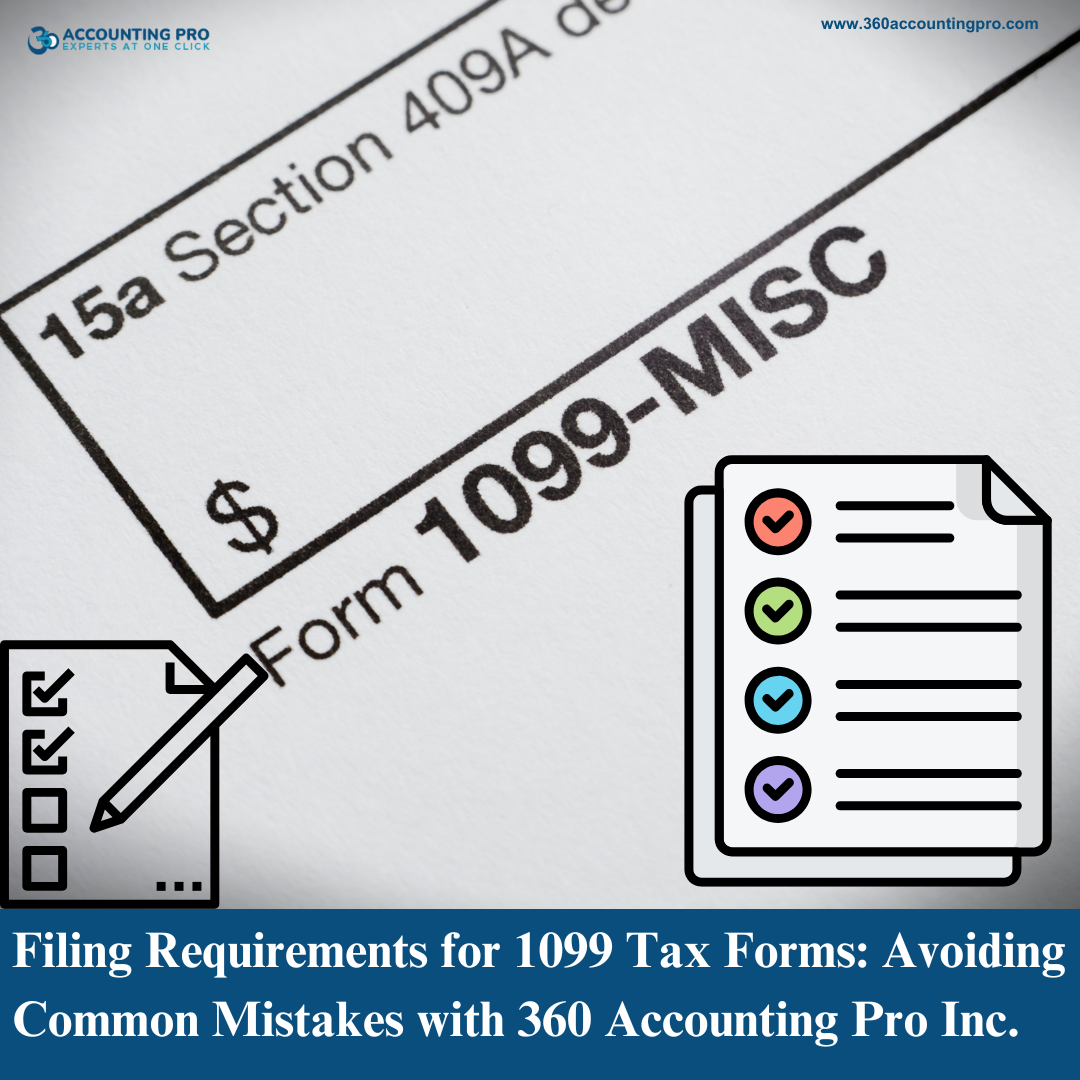



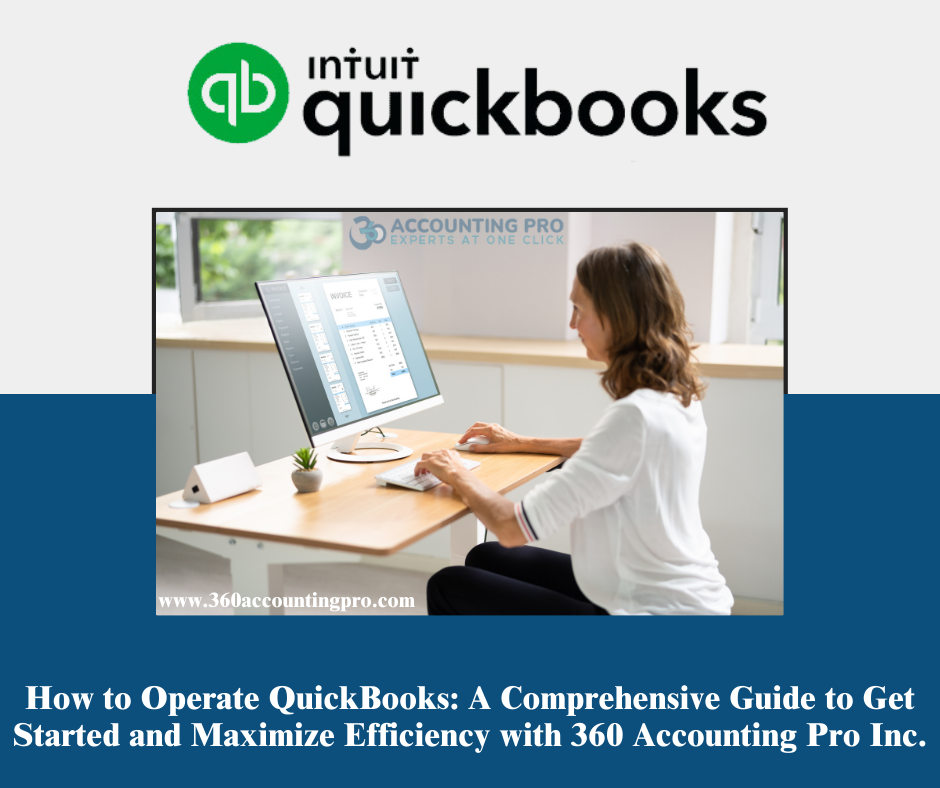

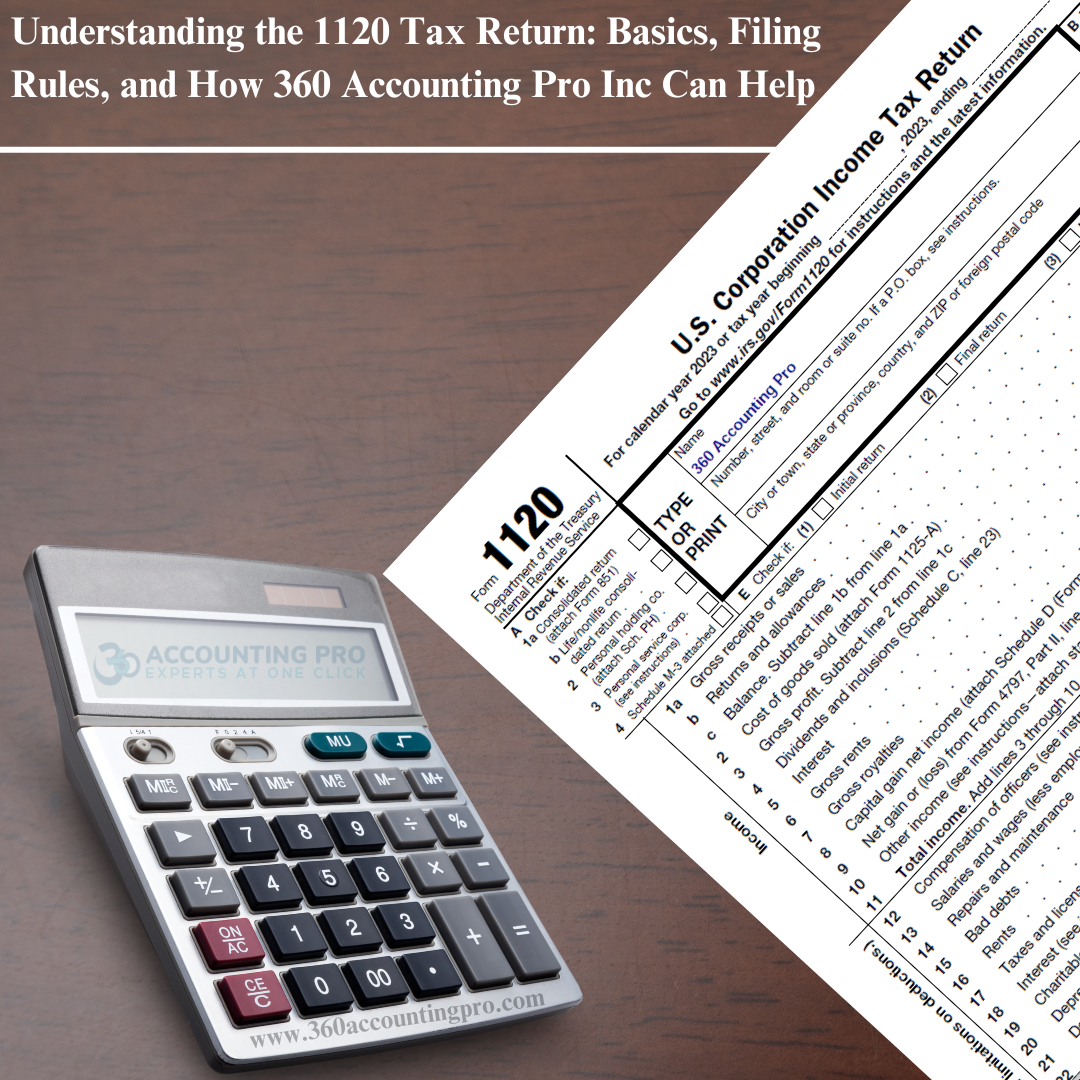
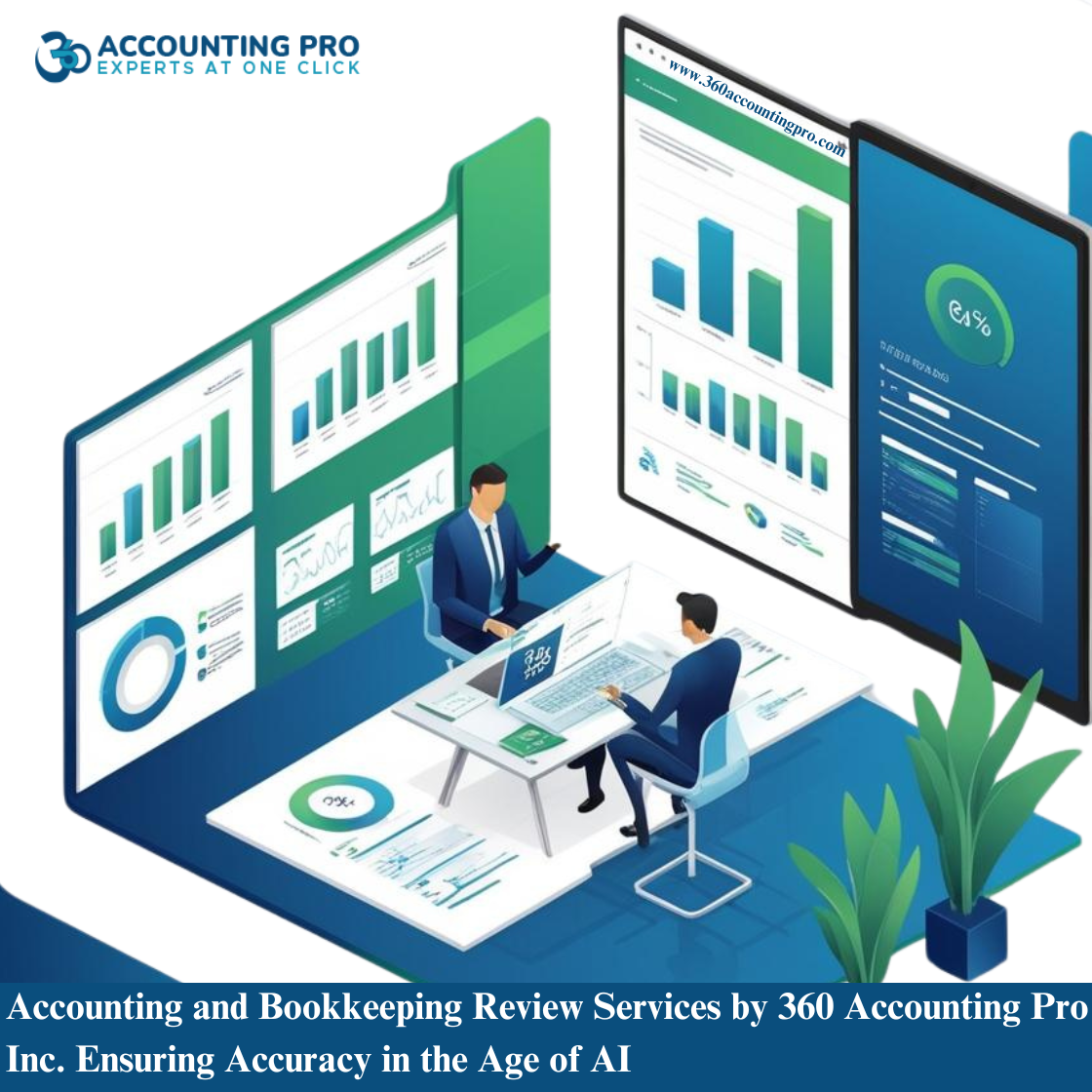
















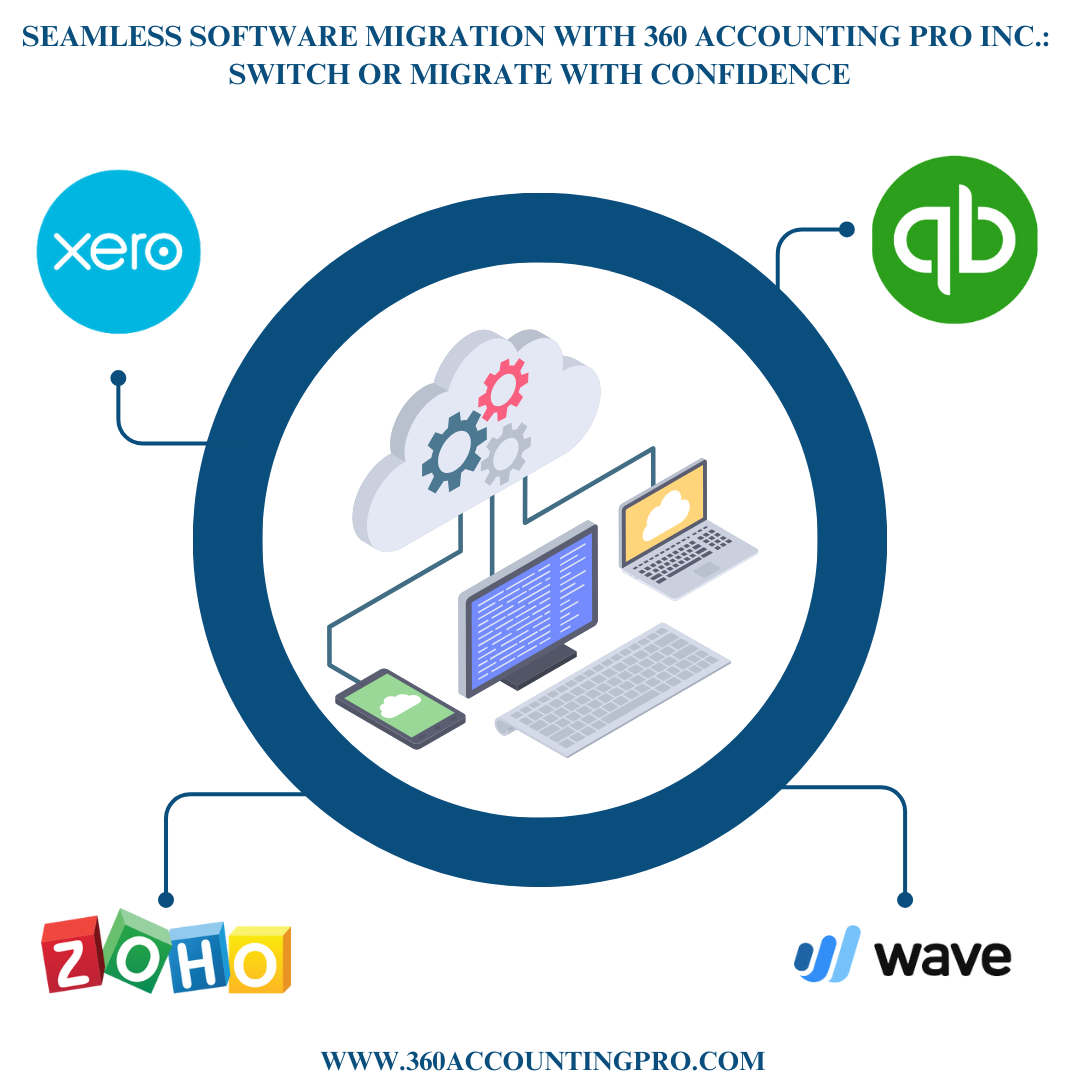
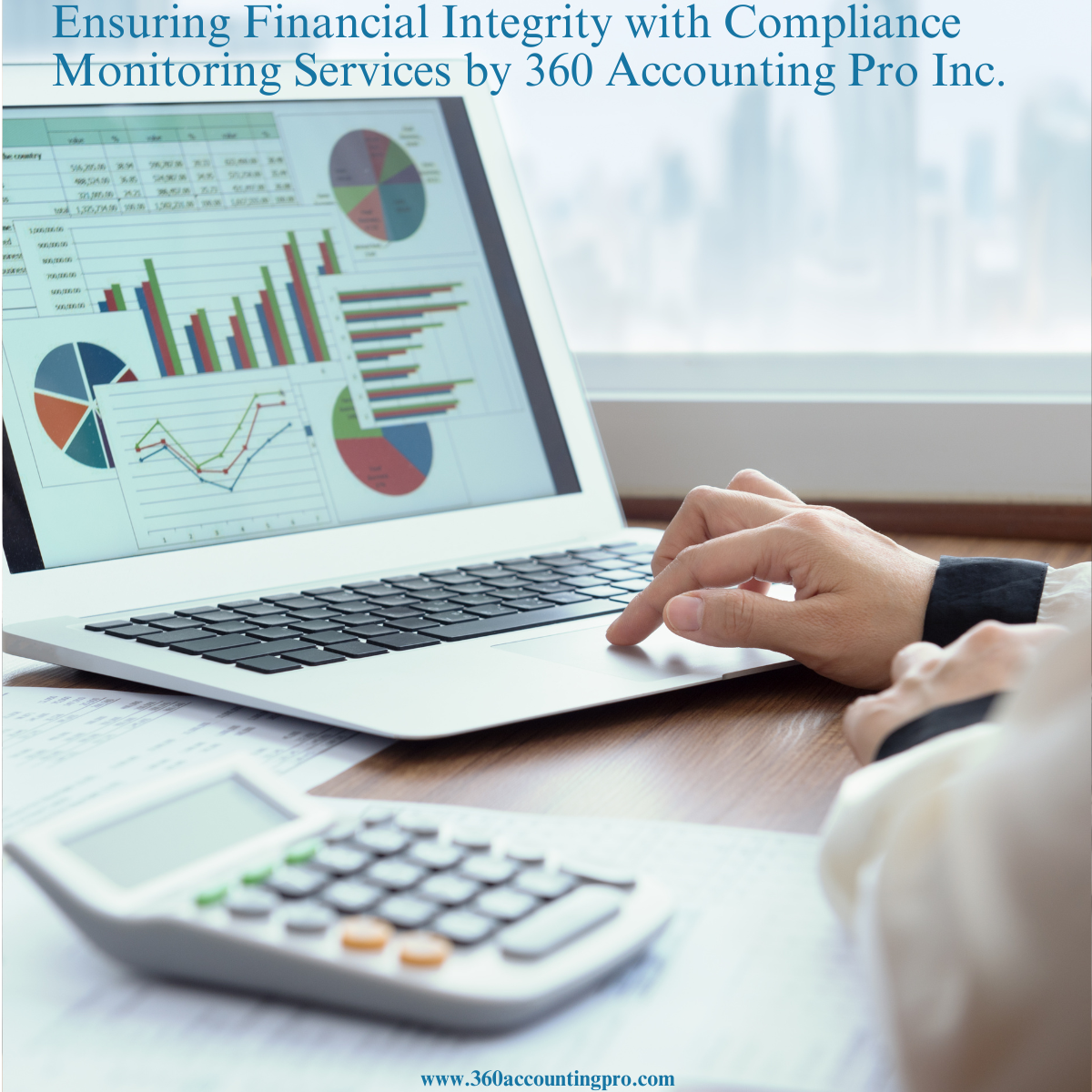






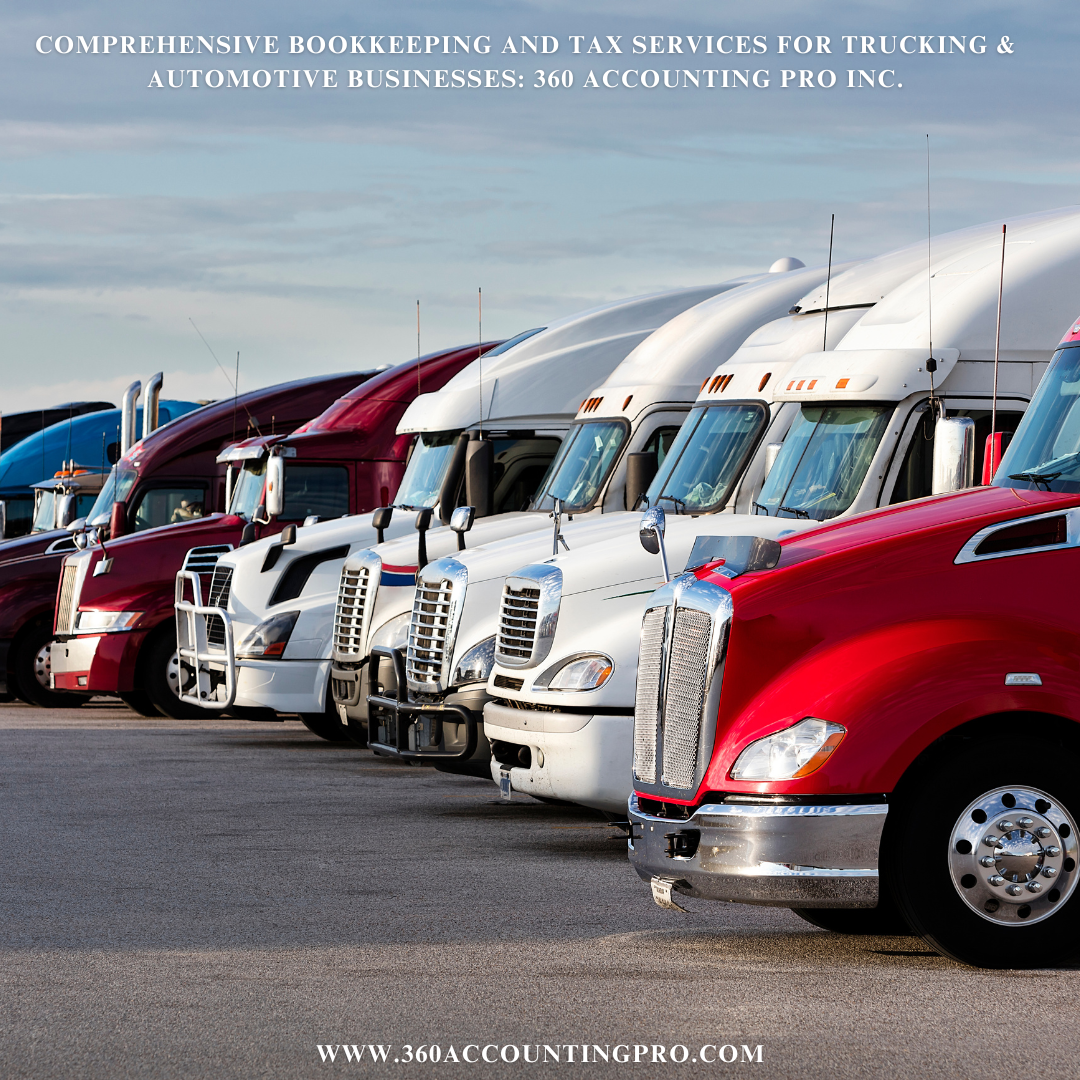






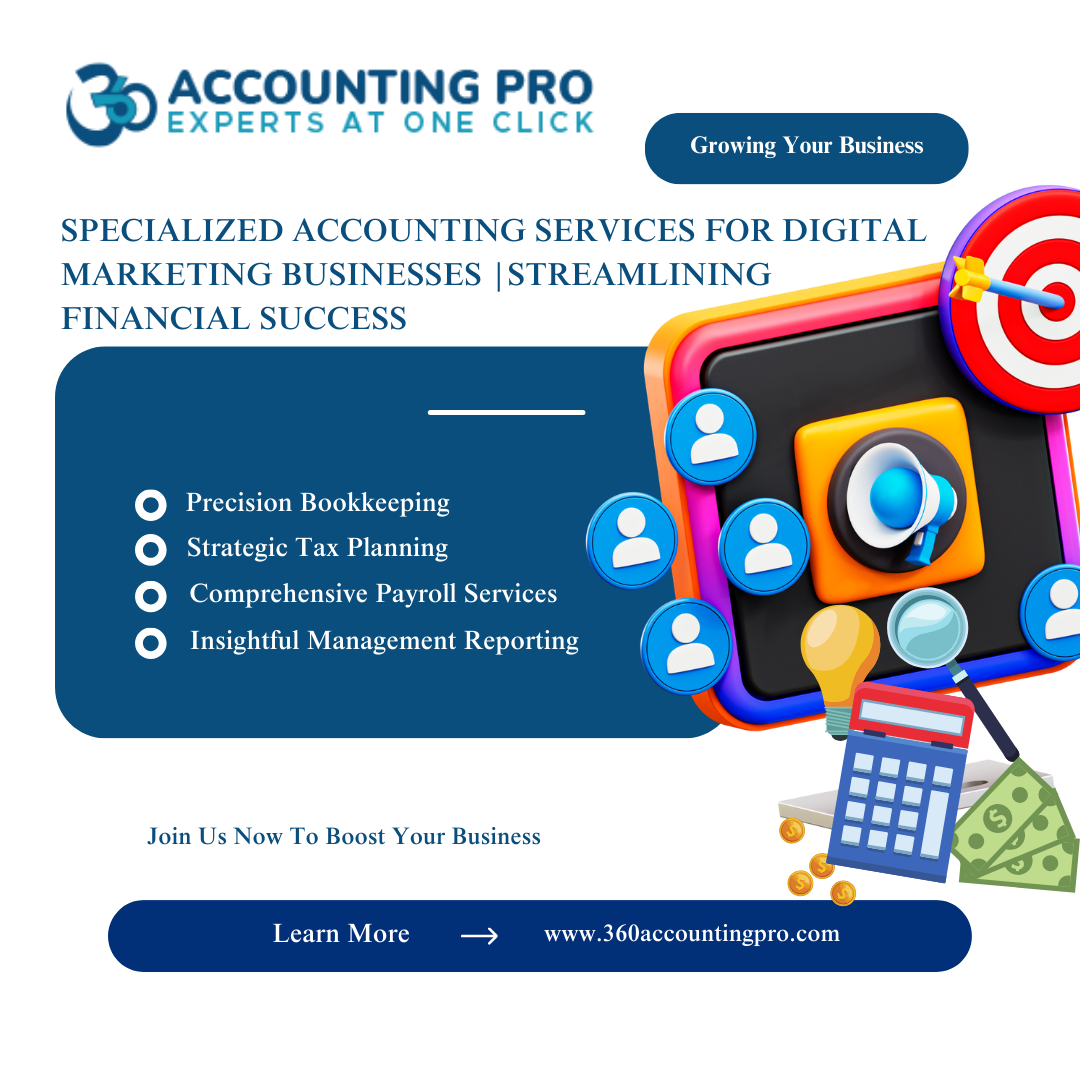

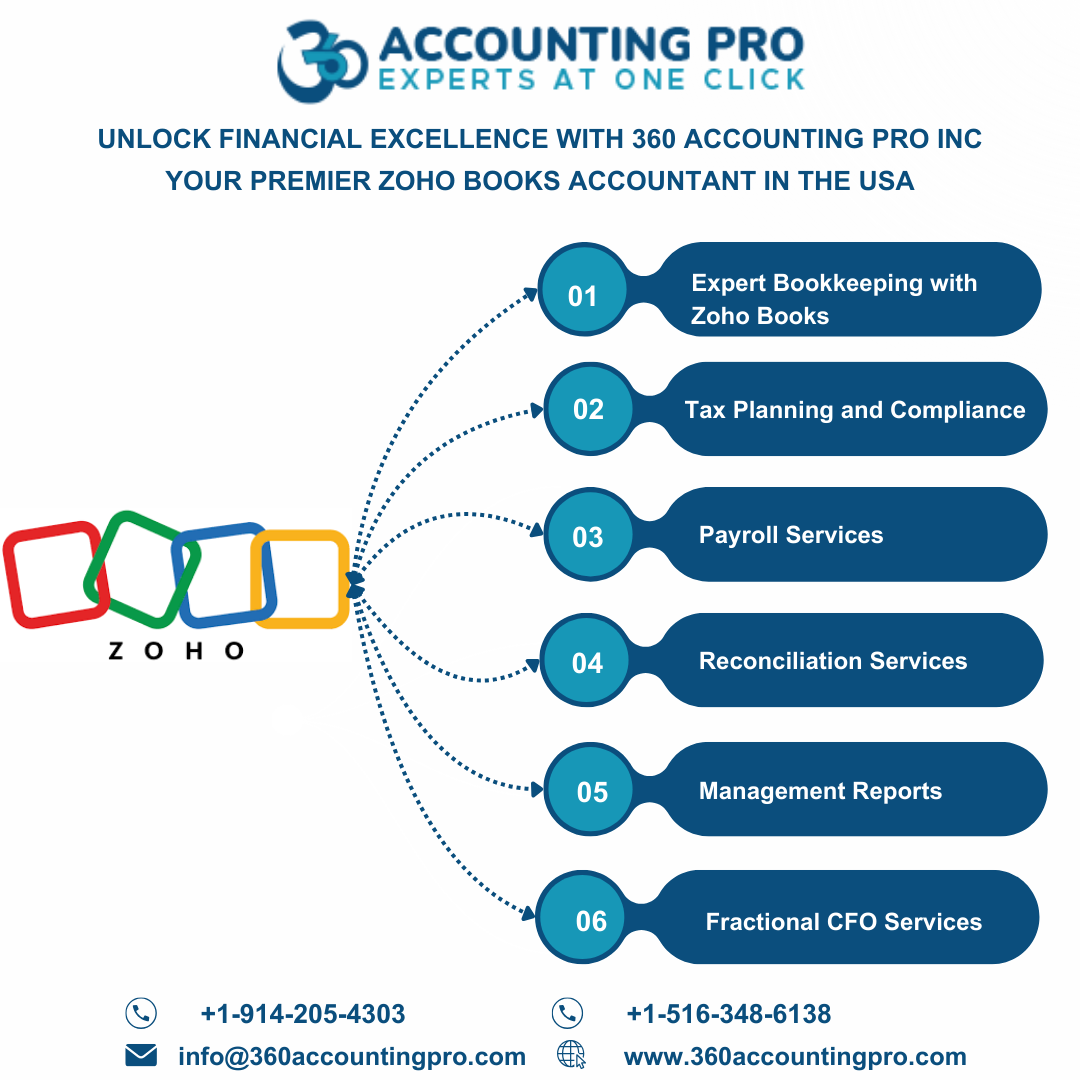

.jpg)
.jpg)
.jpg)
.jpg)


).jpg)







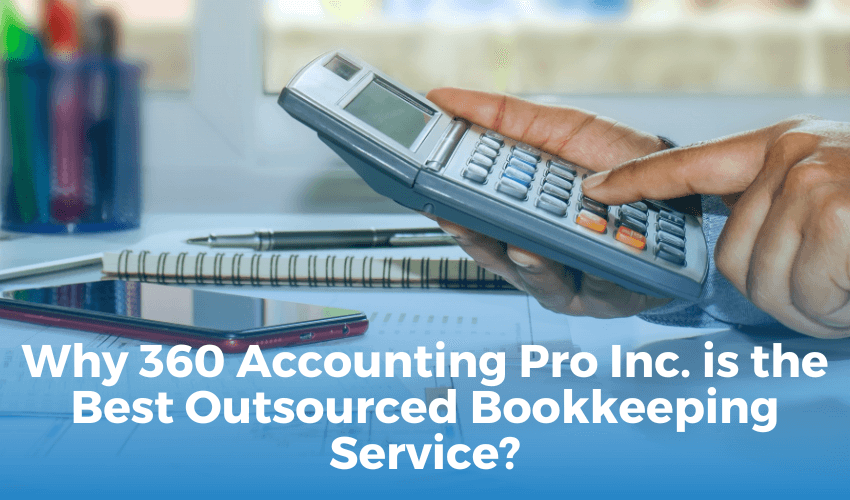



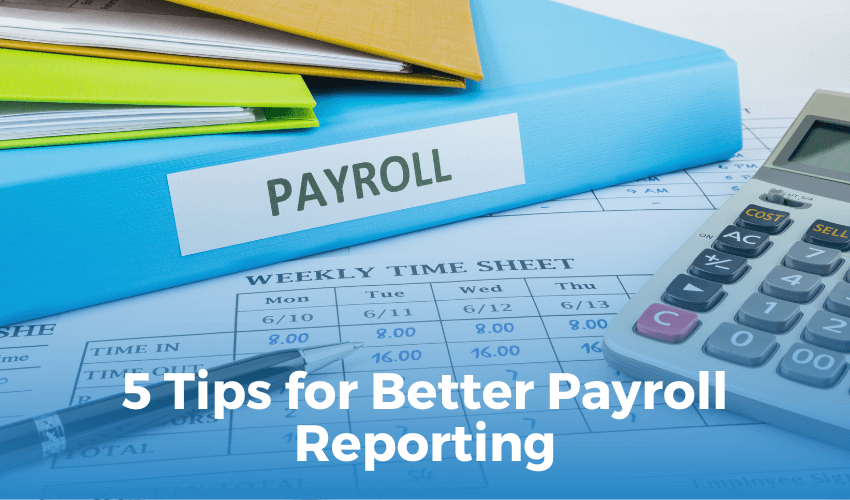


 Get A Quote
Get A Quote
Leave A Comment